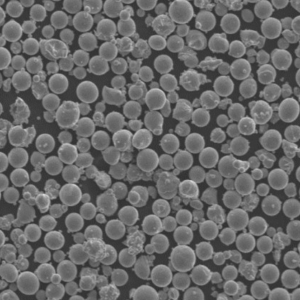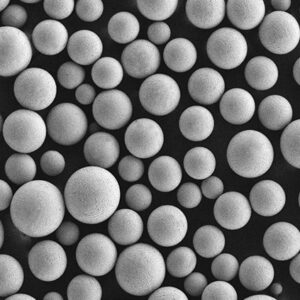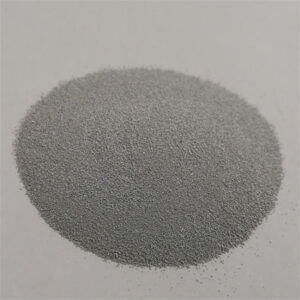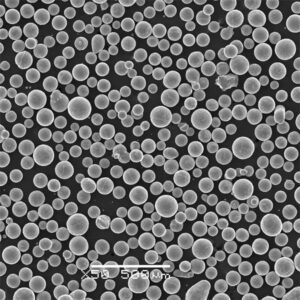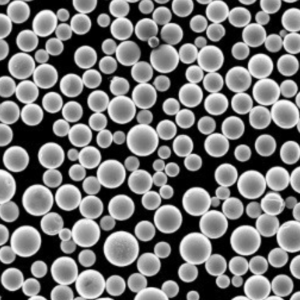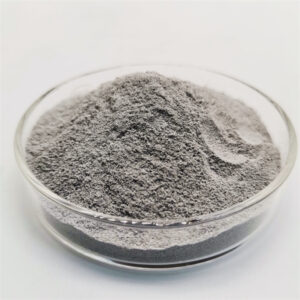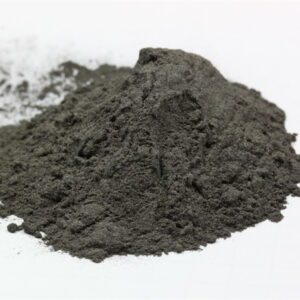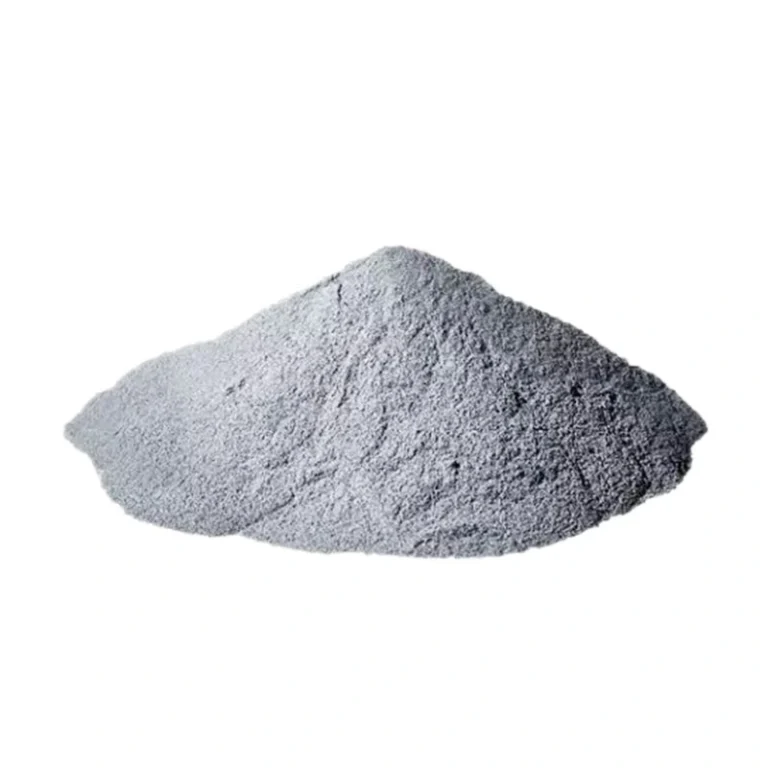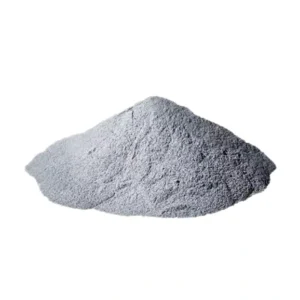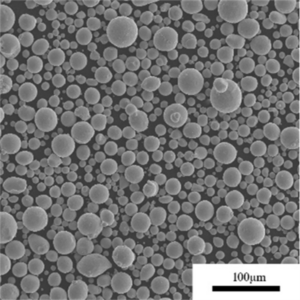Nickel alloys metal powders refer to powder metallurgy forms of various nickel alloy compositions. These powders can be used to manufacture nickel alloy parts and components through methods like metal injection molding, additive manufacturing, and powder pressing and sintering.
Overview of Nickel Alloys Metal Powder
Nickel alloy powders provide unique properties like high strength, corrosion resistance, and high temperature performance. Key details include:
メリット
- 高強度
- Corrosion and oxidation resistance
- 高温安定性
- Tailored electrical, magnetic, or thermal properties
- Lower costs than exotic alloy ingots
製造方法
- ガス噴霧
- 水の霧化
- カルボニルプロセス
- 電解
- Mechanical grinding
Common Alloy Systems
- Nickel-chromium
- Nickel-molybdenum
- Nickel-cobalt
- Nickel-iron-chromium
- Nickel-copper
- Nickel-aluminum
代表的なアプリケーション
- 航空宇宙部品
- 工業用工具
- 自動車部品
- 電気接点
- Corrosion resistant structures
- 高温炉部品
仕様
Nickel alloy powders are available in various standard specifications:
- Size range: 1 – 150 microns
- Chemistry per application need
- Spherical, irregular, or blended morphology
- Gas or water atomized varieties
- Custom alloys and particle size possible
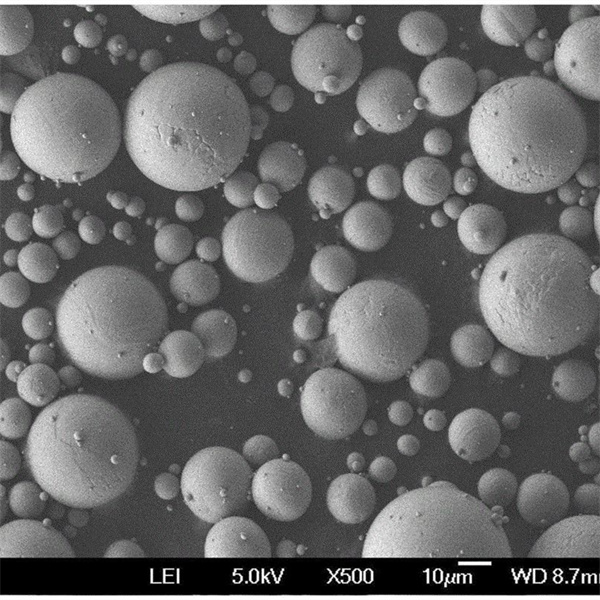
Types of Nickel Alloy Metal Powder
Many nickel alloys are available in powder form. Common alloy systems include:
| 合金タイプ | 作曲 | 主要物件 |
|---|---|---|
| Nickel-Chromium | Ni-Cr, Ni-Cr-Fe-Mo | Oxidation resistance, strength at high temperatures |
| Nickel-Molybdenum | Ni-Mo | Corrosion resistance, maintain strength at high temperatures |
| Nickel-Cobalt | Ni-Co | High strength, corrosion resistance, tailorable magnetic permeability |
| Nickel-Iron-Chromium | Ni-Fe-Cr, Ni-Cr-Fe-Mo-Cu | Excellent oxidation and corrosion resistance at high temperatures |
| Nickel-Copper | Ni-Cu | High strength, corrosion resistance, tailorable thermal expansion |
| Nickel-Aluminum | Ni-Al | Lightweight, high temperature strength |
These alloy powder compositions can be customized to achieve application specific properties.
Characteristics and Properties of ニッケル合金金属粉
Nickel alloy powders offer a versatile range of mechanical, physical, and chemical properties:
機械的特性
- 高強度
- Resistance to creep and fatigue
- Withstand repeated heating/cooling cycles
- 衝撃靱性
物理的性質
- Coefficients of thermal expansion similar to steel
- Electrical resistivity tailored with chromium content
- Controlled magnetic permeability with iron and cobalt
化学的性質
- Resist corrosion in harsh environs like acids, chlorides etc
- Retain properties in oxidizing atmospheres up to 2000°F
- Welding characteristics similar to wrought nickel alloys
These properties make nickel alloys suitable for demanding applications across industries.
Applications and Uses of Nickel Alloy Metal Powder
Nickel alloy powders are used across industries where combination of properties is needed:
| 産業 | アプリケーション | Benefits Provided |
|---|---|---|
| 航空宇宙 | Turbine blades, engine parts, airframe components | Strength at high temperatures, corrosion resistance |
| 石油・ガス | Valves, fittings, wellhead components | Strength, wear resistance, corrosion resistance at high temperatures and pressures |
| 自動車 | Gears, shafts, exhaust components, turbocharger parts | Heat and wear resistance for powertrain parts |
| インダストリアル | Food processing equipment, pulp and paper machine parts, radiation shields | Corrosion resistance, high temperature strength, safety |
| エレクトロニクス | Connectors, lead frames, switches, shields | Conductivity, magnetism control, resistance welding |
| ケミカル | Pumps, valves, piping | Corrosion resistance against various chemicals |
These applications utilize the balanced mechanical and chemical properties of nickel alloys.
Specifications of Nickel Alloy Metal Powder
Nickel alloy powders are produced in various standard specifications suitable for different manufacturing techniques:
| Spec | オプション |
|---|---|
| 合金グレード | IN, N, CN nickel grades plus proprietary compositions |
| 粒子径 | 1-10 μm, 10-45 μm, 45-100 μm, 15-150 μm |
| 形態学 | Spherical, irregular/angular |
| 製造方法 | Gas atomized, water atomized, carbonyl |
| 純度 | Nickel + alloying elements, low oxygen + nitrogen, custom impurity limits |
| パッケージング | Jars, bags, drums under inert atmosphere |
These specifications allow selection of optimal powder for given production method like metal injection molding, pressing and sintering, additive manufacturing etc.
Suppliers and Pricing of Nickel Alloy Metal Powder
Most major metal powder producers offer various nickel alloy powder compositions and size ranges suitable for industrial production. Some leading global suppliers are:
| 会社概要 | Brands | 生産方法 | Typical Pricing |
|---|---|---|---|
| サンドビック | オスプレイ | Gas, water atomization | $$$ |
| カーペンター・テクノロジー | Various | Gas, water atomization | $$$ |
| ATI粉末冶金 | Various | Gas, water atomization | $$$ |
| プラクセア・サーフェス・テクノロジー | Various | ガス噴霧 | $$$ |
| ホーガナス | Various | Gas, water atomization | $$-$$$ |
| CNPC 粉末グループ | Various | Gas, water atomization | $-$$ |
Pricing can range widely based on alloy chemistry, powder size, quality levels, production method etc. Typical range is $50-$150 per kg for common alloys and sizes.
Pros and Cons of Nickel Alloy Metal Powder
vs Wrought Materials
Nickel alloy powder offers some distinct advantages but also limitations compared to wrought forms:
メリット
- Components with complex shapes made easily
- Homogeneous microstructure from rapid solidification
- Near shape construction lowers machining needs
- Lower costs than equivalent alloy mill shapes
デメリット
- Post-processing may be needed after part making
- Size and geometry constraints for some methods
- Powder production has higher energy needs
- Secondary operations add cost versus castings
- Lower maximum strength level than wrought alloys
The balance of properties and economics determines optimal material form for a given application.
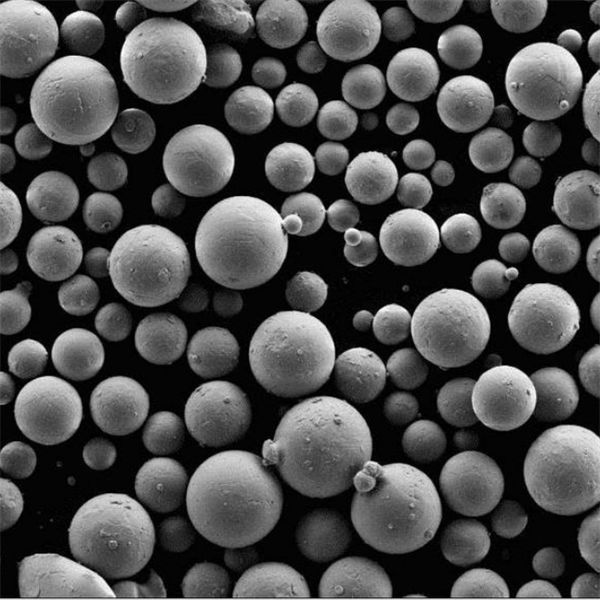
よくあるご質問
Q: What are the main alloying elements used in nickel powders?
A: The most common alloy additions are chromium, molybdenum, iron, cobalt, copper, and aluminum to achieve desired properties.
Q: What powder production methods are used for nickel alloys?
A: Gas atomization and water atomization are the primary techniques. Some nickel alloys are also made via carbonyl powder production.
Q: What particle size range is typical for nickel alloy powder?
A: Most powders fall between 1 micron to 150 microns. Finer powders below 45 microns are used for sintering and metal injection molding. Coarser particles from 45-150 microns suit pressing and extrusion or additive manufacturing.
Q: How do costs of nickel alloy powder compare to wrought materials?
A: Nickel alloy powders can offer 30-50% cost savings over forged billets or bar. But secondary processing after powder consolidation may lower the cost benefit ratio.
Q: What standards apply to nickel alloy powders?
A: ASTM, ISO, and other national standards help define chemistry, impurity limits, particle size distribution, and sampling methods for quality control.
結論
Nickel alloy metal powders provide a versatile material option combining high strength, corrosion resistance, thermal stability and other tailored properties. Key alloy systems include nickel-chromium, nickel-molybdenum and nickel-iron-chromium among others. These advanced powders enable manufacturing of critical components across aerospace, oil and gas, automotive and industrial sectors. With expanded use of powder metallurgy techniques, nickel alloys continue seeing rapid adoption via metal injection molding, additive techniques and press-and-sinter methods.


